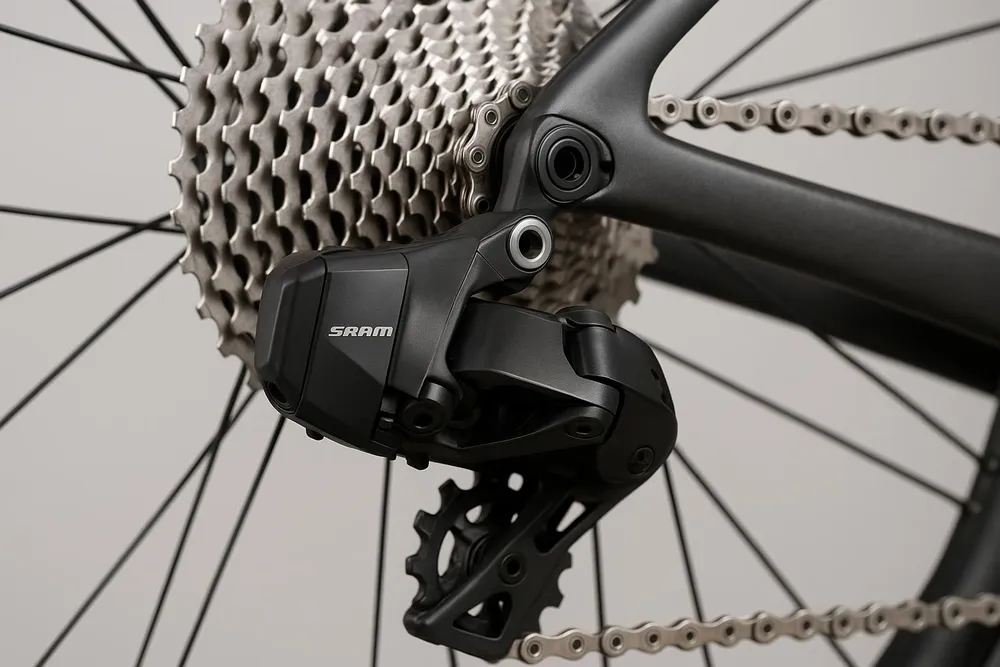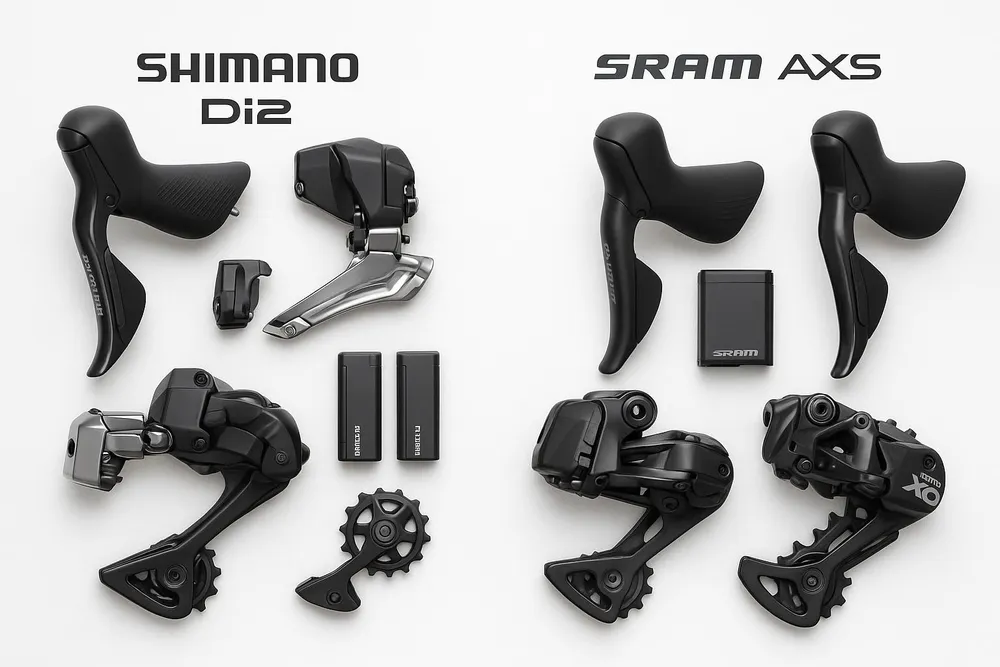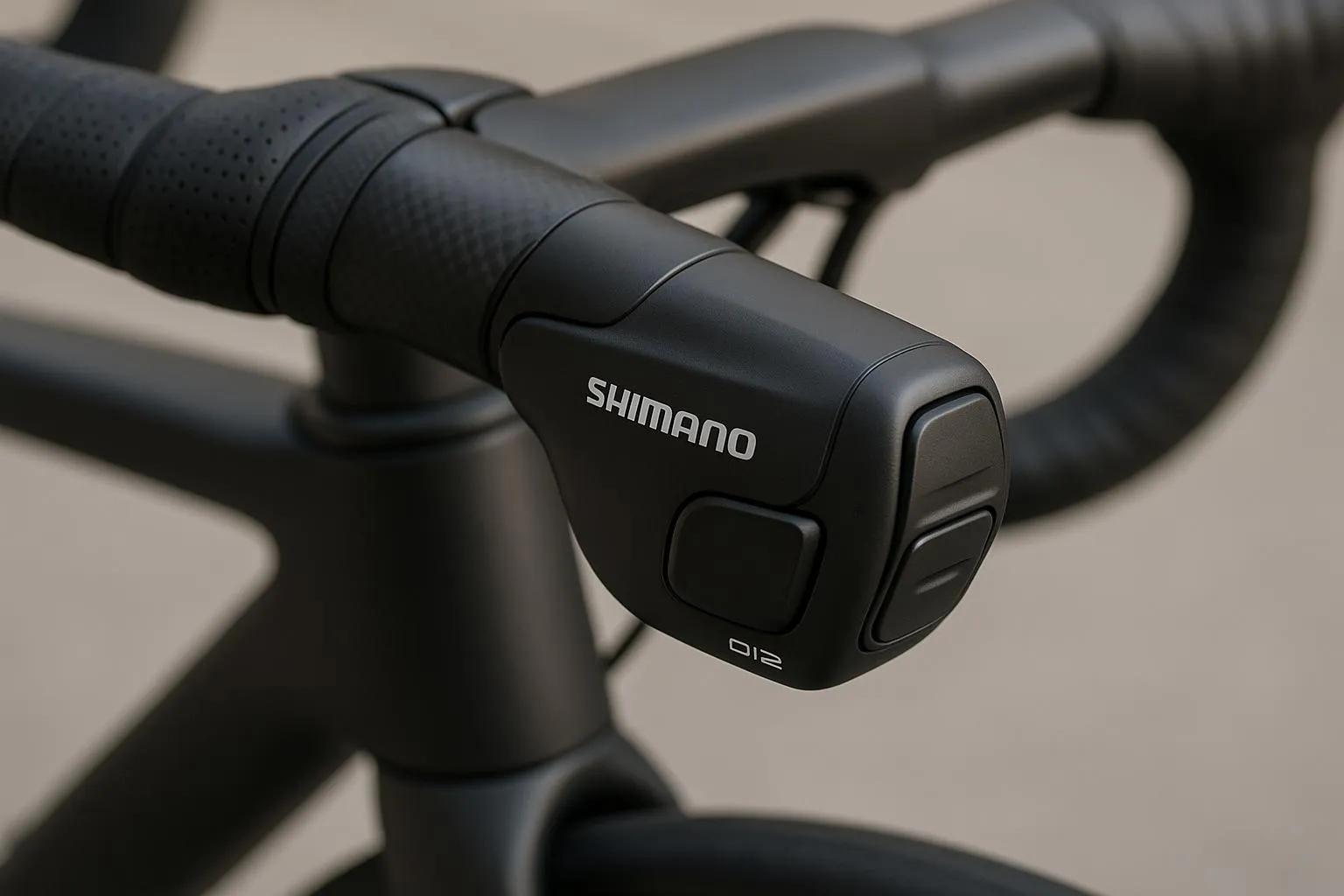For years, electronic shifting was the stuff of dreams for most cyclists. We watched in awe as the pros effortlessly glided through their gears with the tap of a button, while we wrestled with stretched cables and finicky derailleurs. It was a technology reserved for the elite, a luxury that seemed a world away from the average rider’s budget. But in 2025, the landscape has dramatically changed. The electronic shifting revolution has arrived, and it’s no longer a distant dream. It’s a reality for everyday riders, and it’s transforming the way we experience the sport.
The tipping point came with the introduction of affordable electronic groupsets like Shimano’s 105 Di2 and SRAM’s Rival AXS. These systems brought the precision and performance of electronic shifting to a price point that is within reach of the average cyclist. No longer do you need a pro-level salary to enjoy the benefits of a wireless drivetrain. The technology has trickled down, and the result is a more enjoyable, more efficient, and more accessible cycling experience for everyone.
The End of an Era: Saying Goodbye to Mechanical Shifting
For over a century, mechanical shifting has been the standard. It’s a system that has served us well, but it’s not without its flaws. Cable stretch, finicky adjustments, and the occasional mis-shift are all part of the mechanical experience. Electronic shifting eliminates these frustrations. Once set up, it’s a
set-and-forget system. The shifts are crisp, precise, and consistent, every single time. There are no cables to stretch, no derailleurs to adjust, and no more missed shifts at critical moments.
But the benefits of electronic shifting go beyond just reliability. The ergonomics of the shifters are often superior to their mechanical counterparts, with a lighter and more intuitive action. The ability to customize the function of the buttons allows you to tailor the system to your specific preferences. And the clean, uncluttered look of a wireless cockpit is an aesthetic bonus that many riders appreciate.

The Wireless Revolution: A Cleaner, More Integrated Cockpit
One of the most significant advancements in electronic shifting has been the move towards wireless technology. Systems like SRAM’s AXS are completely wireless, with the shifters communicating with the derailleurs via a proprietary wireless protocol. This eliminates the need for any cables or wires, resulting in a clean and minimalist cockpit. Shimano’s Di2 system is semi-wireless, with the shifters communicating wirelessly with a central battery that is connected to the derailleurs via wires. Both systems offer a significant improvement over traditional mechanical setups, with a cleaner look and feel.
The wireless revolution has also opened up a world of new possibilities for integration. Electronic shifting systems can now communicate with your GPS computer, allowing you to see your current gear selection and battery level on your screen. Some systems even offer synchronized shifting, where the front and rear derailleurs work together to automatically select the optimal gear ratio. This level of integration was simply not possible with mechanical systems.
More Gears, More Options: The Evolution of the Drivetrain
The electronic shifting revolution has coincided with another major trend in drivetrain technology: the move towards more gears and wider gear ranges. The 12-speed cassette is now the standard for high-end groupsets, and we are even starting to see 13-speed systems emerge. This increase in the number of gears has allowed for a wider range of gear ratios, which means you can have both a high top-end speed and a low climbing gear.
This has been particularly beneficial for gravel and adventure riding, where a wide gear range is essential for tackling varied terrain. The combination of electronic shifting and a wide-range cassette has made it possible to build a bike that is truly capable of doing it all, from fast road rides to multi-day bikepacking trips.

Is It Worth It? The Verdict on Electronic Shifting in 2025
So, is it worth making the switch to electronic shifting in 2025? The answer is a resounding yes. While mechanical shifting is still a viable option, the benefits of electronic shifting are simply too compelling to ignore. The precision, reliability, and customization options of electronic systems have transformed the riding experience, and the technology is now more accessible than ever before.
If you are in the market for a new bike, or if you are looking to upgrade your current ride, electronic shifting should be at the top of your list. It’s a technology that will not only improve your performance, but also enhance your enjoyment of the sport. The electronic shifting revolution is here to stay, and it’s a revolution that every cyclist should embrace.
For more insights on cycling and technology, explore our comprehensive guides on GPS Bike Computers 2025: The Navigation Revolution Transforming Your Rides, and The Lightweight Aero Revolution: How 2025 Tour de France Technology Is Redefining Cycling Performance.
Explore additional resources on Shimano Di2 Technology, SRAM AXS Wireless Drivetrains, Bicycling Magazine: The Best Electronic Shifting Groupsets, We Love Cycling, and CyclingNews: Best electronic groupsets.




